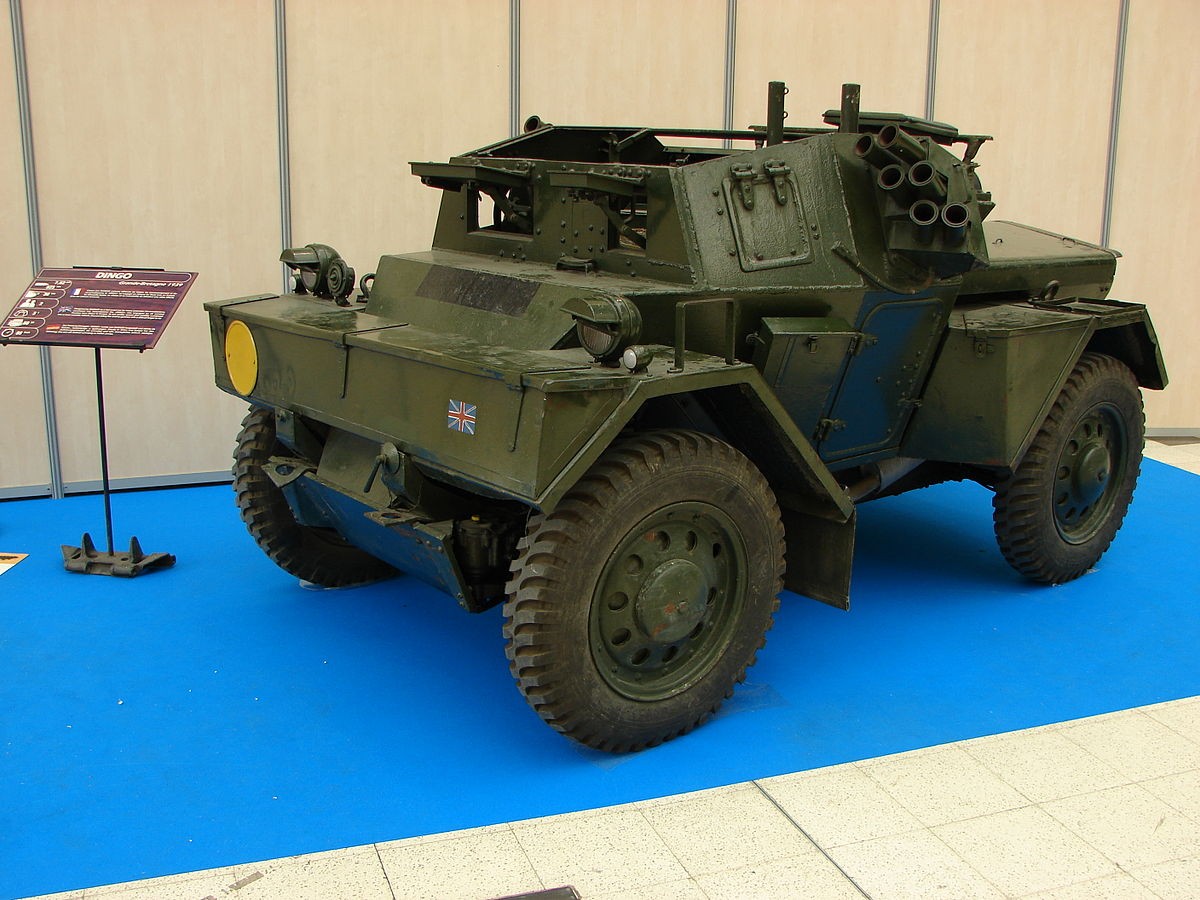Early in the morning on Friday, October 27, groups of British reconnaissance vehicles of the 11th Hussars are ready to leave Udenhout in the direction of Loon op Zand. Their intention is to be followed as quickly as possible by the Cromwell tanks of the 8th King's Royal Irish Hussars. The day is still young and there is a dense morning mist that makes visibility difficult. The wooded terrain also calls for caution. The crews of the lightly armed vehicles, type Dingo, are tense. They cautiously approach their objective. Suddenly, a loud bang sounds and a flash of light shoots from the bushes: a German anti-tank gun has fired. A shell hits the front Dingo. The driver is killed instantly; the other two crew members jump out of the open vehicle and take cover. A second reconnaissance vehicle manages to turn around and quickly drives back. German machine guns crackle everywhere. The acrid smell of gun powder mingles with the fog. The attack on Loon op Zand has come to a halt before it can begin.
Brigadier A.D.R. Wingfield, commanding the 22nd Armoured Brigade, is also up early to see how the attack is going. Just outside Udenhout, he sees a green banner by the side of the road. Right next to it, the staff of the 8th Hussars are sitting at a long table eating their breakfast at their leisure! Wingfield is furious. The unexpected German opposition is no reason for the tank crews to await events. He orders them to attack without dealy: now, even if the tanks should get stuck in the mud. The officers fly in all directions. Within fifteen minutes, the tank engines are started and the Hussars are on their way.
Further back, Wingfield's boss, division commander Major General G.L. Verney, in turn receives a firm scolding from his superior, Lieutenant General Sir Neil Ritchie. The commander of XII Corps is furious at the reluctant action of the famous Desert Rats. All anger notwithstanding, it will still take two days before Loon op Zand is in British hands.
